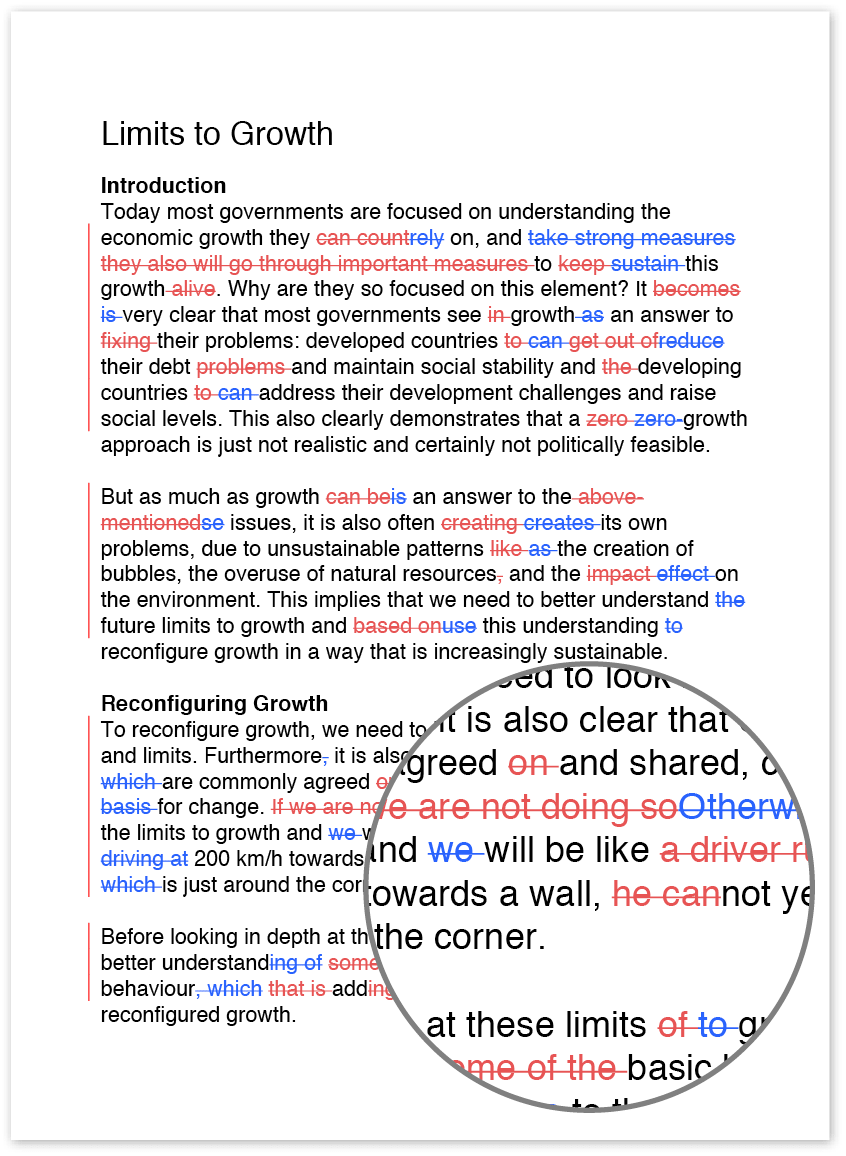Write great cover letters
When you apply for a job, you need a cover letter that summarizes the information on your CV or resume and helps show the prospective employer why they should hire you. A good cover letter can make the difference between being hired and being passed over for a job. Use the tips below as you write your cover letter to help make it the best letter possible.
Summarize the important parts of your resume
Remember that your cover letter should summarize the most important parts of your resume and relate your experience to the job for which you are applying. You don’t need to restate the details for every job you’ve worked at or highlight skills and achievements that don’t relate to the job you want. Instead, talk about the experience you’ve gained and the things you’ve accomplished to show that you’re a good match for the open position.
Furthermore, it’s important to tailor each letter to a specific position. Different positions have different requirements, and you don’t want to highlight skills that fit one job but not another.
Keep it to one page
Since your letter should serve as a summary and not a full description of your professional experience, it should be no longer than one page. This helps make it more likely that a recruiter or hiring official will read your entire letter and shows that you can communicate clearly and concisely.
Communicate professionally
Use professional, formal language. A cover letter isn’t the place to use jargon, contractions, or other informal grammar. You want to show the hiring official that you can communicate professionally.
The way in which you write your letter is the best example a prospective employer has of how you will communicate with colleagues and customers.
Maintain design consistency
Use the same font, font size, margins, and line spacing that you use on your resume or CV. This shows that you can maintain consistency and gives your application package a more professional look. Like a CV or resume, you should avoid using hard-to-read fonts, such as script fonts, or fonts that are not viewed as being suitable for professional documents, such as Comic Sans.
The best fonts for application materials are traditional fonts, such as Times New Roman, Calibri, Arial, and Helvetica. Like a resume, a cover letter should be single spaced with one blank line between each section of the letter and between each paragraph.
Resume format
When you write your letter, use the following format:
- Your letter should begin with a formal salutation. Try to learn the hiring official’s name and use it, e.g., “Dear Ms. Smith” (and remember to use Ms. and not Miss or Mrs. for females since you don’t know whether they are married or not). If you can’t find the name of the hiring official, use a salutation such as “Dear hiring official.”
- Then, write your opening paragraph, in which you tell the reader why you are writing. Briefly state which position you are applying for, where you saw the job listing or advertisement, and state your current position and company.
- In the body of the letter, you should concisely describe your relevant experience, skills, and achievements and relate them to the information in the job posting. Show the reader how you can use those skills to contribute to their team and make their company more successful.
- In your closing paragraph, tell the reader if you have attached or enclosed any additional information (such as your resume or CV), reiterate your interest in the position and your desire to meet to discuss your qualifications, and thank the reader for their time and consideration.
- Finally, provide a complimentary closing, such as “Sincerely” or “Regards,” followed by your name. If you are printing the letter to send, remember to include three to four lines of space between the closing and your name for your signature. If you are sending an electronic version, one space between the closing and your name will suffice.
Don’t forget to proofread!
Remember to proofread your letter before you send it out. If you’ve revised a letter you previously used, make sure you haven’t left any information regarding the previous job in the letter (this happens more than you might think!).
You want to make sure your letter doesn’t include any errors; they can make a hiring official doubt your professionalism and interest in their open position.

